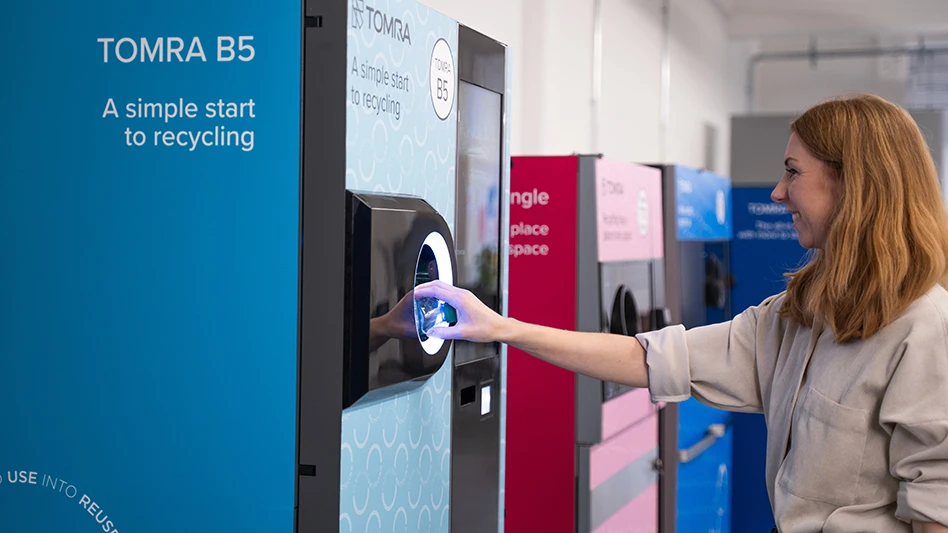Several legislative acts have guided the creation of a comprehensive electronic scrap recycling system in Taiwan. Meanwhile, in India researchers are recommending a path forward for circuit board recycling.
In a session at the Electronics Recycling Asia conference in Guangzhou, China, in November, Professor Ma Hsiao-Kang provided a history of the development of Taiwan’s electronics recycling infrastructure.
Ma noted that Taiwan began laying the groundwork for an extended producer responsibility (EPR) system as early as 1988, and by 1997 manufacturers, importers and retailers began paying recycling fees as they sold units.
By the late 1990s, televisions, refrigerators, computers and monitors were being collected for recycling and the fees were being distributed to authorized (and audited) collectors and processors. The system is designed to keep materials moving through the chain courtesy a series of 7-day deadlines.
Ma said the 2011 recycling rate in Taiwan for IT equipment and appliances combined was 81.75 percent. A network of around 500 collection points gathers obsolete items that yield a materials stream Ma characterized as including about 38 percent steel scrap, 16.5 percent plastic, 12.8 percent glass, 3.6 percent copper and 2.8 percent aluminum.
Dr. Manis Kumar Jha of the CSIR-National Metallurgical Laboratory (www.nmlindia.org/) in Jamshedpur, India, provided a look at that institution’s research into circuit board recycling in India.
According to Kumar Jha, some 95 percent of obsolete electronics in India are recycled in the “informal sector,” where circuit board processing may entail the use of unsafe or environmentally unsound leaching techniques.
Kumar Jha said CSIR, in cooperation with a South Korean research institute, has developed a hydrometallurgical “organic swelling” treatment that offers an environmentally safe way to extract precious metals from obsolete circuit boards.
The CSIR researcher added, “Steps for the extraction of rare earth metals from secondary sources are proposed to be done in future.” He listed cobalt, lithium and neodymium as elements that can extracted using chemical “reagents and extractors.”
At the same session, Zhai Xin, a former officer of the Recycling Metals Branch (CMRA) of the China Nonferrous Metals Industry Association, Beijing, provided an overview of the growth of the copper industry in China and the importance of red metal scrap in the production of copper in China. Zhai estimated that China could extract some 8 million tons per year of copper from its own electronic scrap stream.
The international trade in copper scrap “has made a lot of rich men,” stated Zhai, who predicted that copper production would continue to grow in China for the next several years, but likely at a more modest 4-to-5 percent annual rate.
The Electronics Recycling Asia conference, organized by ICM AG, was Nov. 13-16 in Guangzhou, China.
Latest from Recycling Today
- ReMA urges open intra-North American scrap trade
- Axium awarded by regional organization
- China to introduce steel export quotas
- Thyssenkrupp idles capacity in Europe
- Phoenix Technologies closes Ohio rPET facility
- EPA selects 2 governments in Pennsylvania to receive recycling, waste grants
- NWRA Florida Chapter announces 2025 Legislative Champion Awards
- Goldman Sachs Research: Copper prices to decline in 2026





